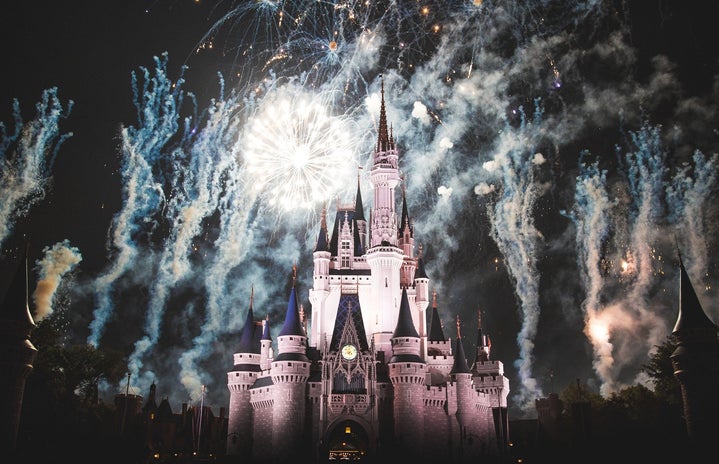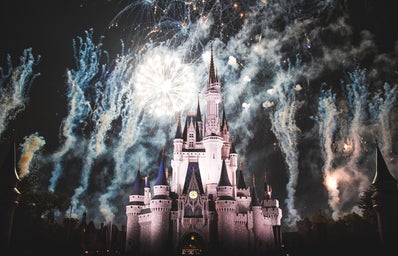The amazing, fantastical ‘Childhood Wonderland’, a land filled with unrestrained happiness, sweets, and stories, playing outside all day, and content nights of dreamy sleep, has been shaped so significantly by fairy tales and fables that the slightest mention of the same brings out the sensations that we had felt while our tired parents read them out to us.
The human tendency to derive entertainment from stories, more specifically, spoken-word stories, can be attributed to the ancient tradition of storytelling embedded in our collective human memory. In all likelihood, storytelling began with the beginning of human speech, when early humans shared their experiences in adapting to their environment with their clansmen through anecdotes, fables, or proverbs. Scholars Marshall Poe and Jack Zipes have pointed out how the very ability to speak made human beings storytellers since the basic aim of communication is best achieved through story-telling.
It is not a coincidence that stories across history and different societies have had a common gist: the protagonist faces a conflict posed by the larger environment, and in order to achieve their goals, seeks to either adapt or shape the environment according to their needs. To this core theme is added a litany of magical and fantastical elements, like anthropomorphic animal characters or mythical beings to help them achieve their objectives. Over time, as these stories began to cater to children, some moral values were added and incentivized to show to the new audiences that in the world of good and evil, the good wins: therefore, they must seek to always be good. This characteristic of fairy tales is referred to by Dutch scholar Andre Jolles as “naïve morality”, a morality stemming from the natural predisposition of humans to be ‘righteous’ in the absence of any external circumstances that might influence their decisions.
This naïve morality is best seen in an absence of the complexities of human society, and thus, was best exemplified by the early fables set in nature, having animals as the main characters. These characters, like the ‘crafty fox’, the ‘wise owl’ and the ‘mighty elephant’, whose human-like conflicts had to be resolved to establish ethical principles for society, first began to be written in Aesop’s Fables though their origins can be better traced to Sumerian and Babylonian narrative clay tablets of c. 8th century BC. Through oral traditions and manuscripts, they spread across Ancient Greece and Rome and combined with variants of the ancient Indian literary tradition of The Panchatantra (c. 200 BC) to be read as the fables of today.
Fairy tales and mythological traditions from across the world share many similar elements, most popularly in the creation of myths. While the Chinese myth of creation recounted the prenatal world being divided into the two elements of ‘Yin’ and ‘Yang’, Vedic scriptures showed the ‘celestial sacrifice’ of a primordial giant, Purusha, to give birth to the 4 social categories of people (or the fourfold ‘varna’ order) and other elements of the universe. This theme is also recounted in Norse mythology, where the body parts of Ymir served as the building blocks of the universe.
Besides serving as alternatives to conventional scientific answers, means of entertainment, and cultivators of naïve morality in children, some stories were so extreme in their examples that their apparent aim was to instruct children on how to survive a world populated not only by fairies, but by monsters as well. Examples from the European storytelling tradition include the tale of “Sleeping Beauty” and the surprisingly ghastly tale of “Bluebeard”, both of which were originally aimed at warning children against giving free reigns to their curiosity. The tales of “Snow White and the Seven Dwarves” and “The Little Red Riding Hood”, where the archetypes of the ‘ugly old woman’ and the ‘big wolf that may talk sweet, but actually means harm’ were used to warn children, especially little girls, against interacting with strangers lest they wanted to suffer possible harm. On the other hand, the same archetypes that have developed as stereotypes today are often challenged in stories like “Beauty and the Beast” where the ‘ugly old woman’ was actually a fairy, who upon being spurned cursed the arrogant prince to become a beast, contributing to the main theme of ‘don’t judge a book by its cover’. This is perhaps a way to combat the formation of negative stereotypes in the child’s mind while simultaneously urging them to be wary of strangers.
The inclusion of direct or indirect allusions to violence in fairy tales has been an interesting aspect of storytelling across the world, an Indian example being “The Brahmin and the Mongoose”, a story about the killing of a loyal animal based on rash decision-making; a Danish example being “The Little Mermaid”, where originally, the mermaid, upon neither being able to acquire the Prince’s love, nor being able to kill him to attain her mermaid-self back, dissolves into seafoam, and “The Little Match Girl”, where the hardworking match-seller succumbs to the cold. The aim of the latter two stories may have been to show privileged children the importance of sacrifice and the prevalence of sorrow in the world outside their four-walled homes (an example of the same also being “The Happy Prince” by Oscar Wilde).
The violent elements of fairy tales, for example, the Grimms’ version of “Cinderella” which saw the stepsisters cutting off their toes and heels to fit into the coveted glass shoe, and Anderson’s version of “The Little Mermaid” where the mermaid faces the option of stabbing the prince to death or dying herself, were removed in Disney adaptations from the 1950s onwards, leading to the creation of a ‘happy ending’ trope for fairy tales. On one hand, this trope was overused throughout continuous modern adaptations of tales like “Cinderella”, on the other, these tales also acquired newer depths through the exploration of different cultures.
For example, “The Princess and the Frog”, while being a part of the ‘happily ever after’ trope, showed themes like the social inequalities faced by an African-American woman in the 1920s while trying to fulfill her ambition of opening a restaurant. Similar stories fixating on the journeys of female characters who resolve their conflicts through their own merit have recently come up, including Disney films like “Brave”, “Frozen”, and “Encanto”. The new generation of children’s stories, like those written by Roald Dahl (“Matilda” and “James and the Giant Peach”) and Mark Twain (“Tom Sawyer” and “Huckleberry Finn”) showcases not only a realistic depiction of children’s lives, antics, and the problems faced by them but also delve deeper into character development. In recent times, a trend of retelling fairy tales for adult audiences has also taken hold, best exemplified by “Tender Morsels” by Margo Lanagan, a retelling of the Grimms’ “Snow White and Rose Red”.
In this Golden Age of storytelling, more authentic folktales and children’s stories should be brought to the mainstream, bringing with them a lesson on cultural awareness to those nightly storytelling sessions that aim to instill moral values and worldly skills through tales of djinns and fairies, mermaids and talking wolves.


